Mummies at Manchester
Learning resources for Key Stage 2, 3 and 4 pupils from the KNH Centre for Biomedical Egyptology.
This website is for anyone who is interested in learning more about how ancient Egyptian human and animal remains can be studied, and what we can learn from these studies.
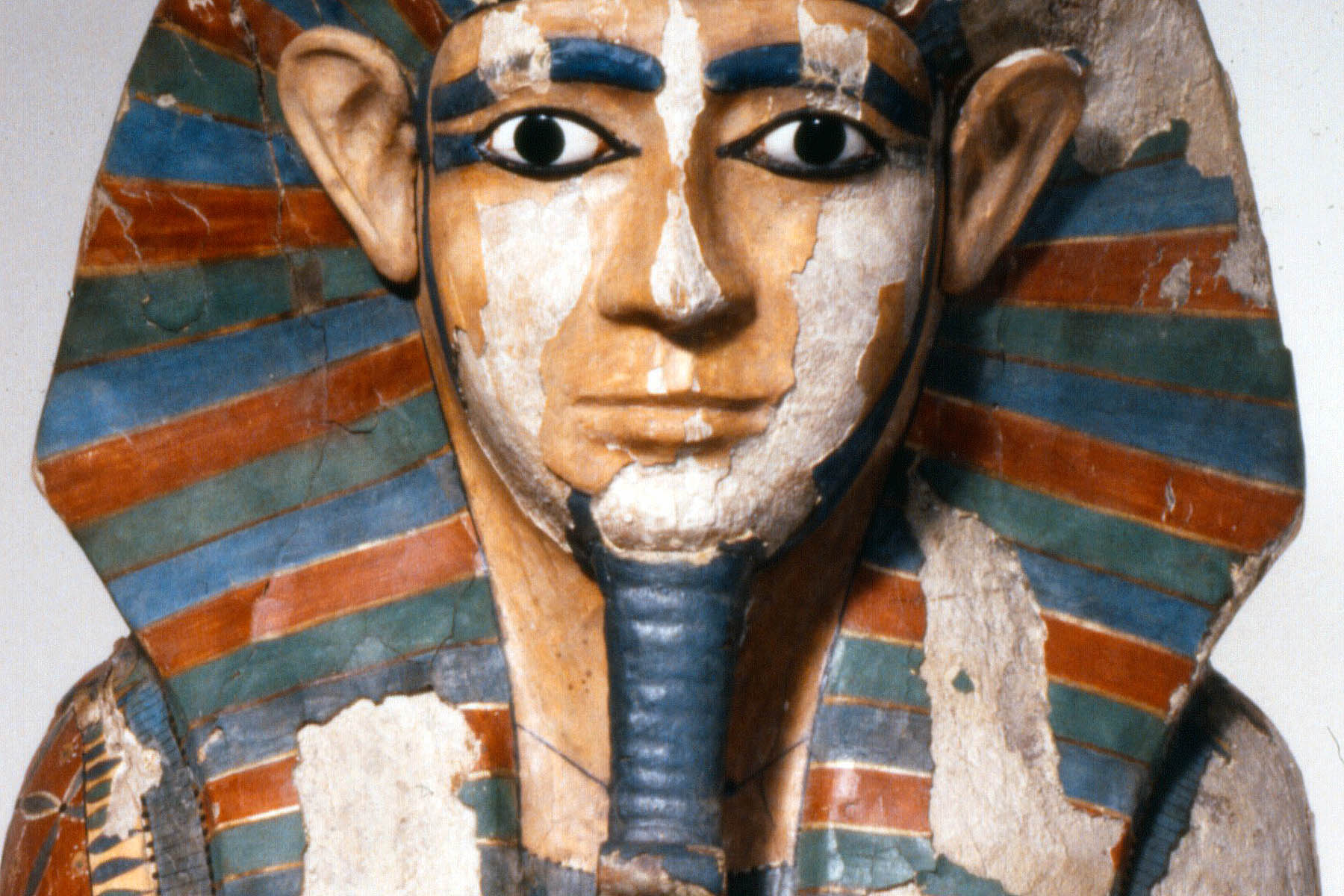
Our research
At Manchester, we try to use minimal or non-destructive scientific methods for our research. We also carry out detailed investigations into the archaeological and historical contexts of the people and animals we study.
Our resources
The materials below will allow you to explore our most recent research and the history of research into ancient Egyptian mummies.
Many of these are videos that can be watched online. There are also other resources that can be viewed or downloaded either at home or in a classroom environment.
Key Stage indicators have been added to either individual resources or groups of content to help inform teacher and parent choice. Please be aware that the resources may contain images of ancient human mummified remains and skeletons.
If you would like to talk to staff from the KNH Centre about any of our research, please get in touch. We are happy to speak to interested groups and societies about our work and to deliver online and in-person sessions for schools.
All resources are copyright The University of Manchester unless otherwise stated.
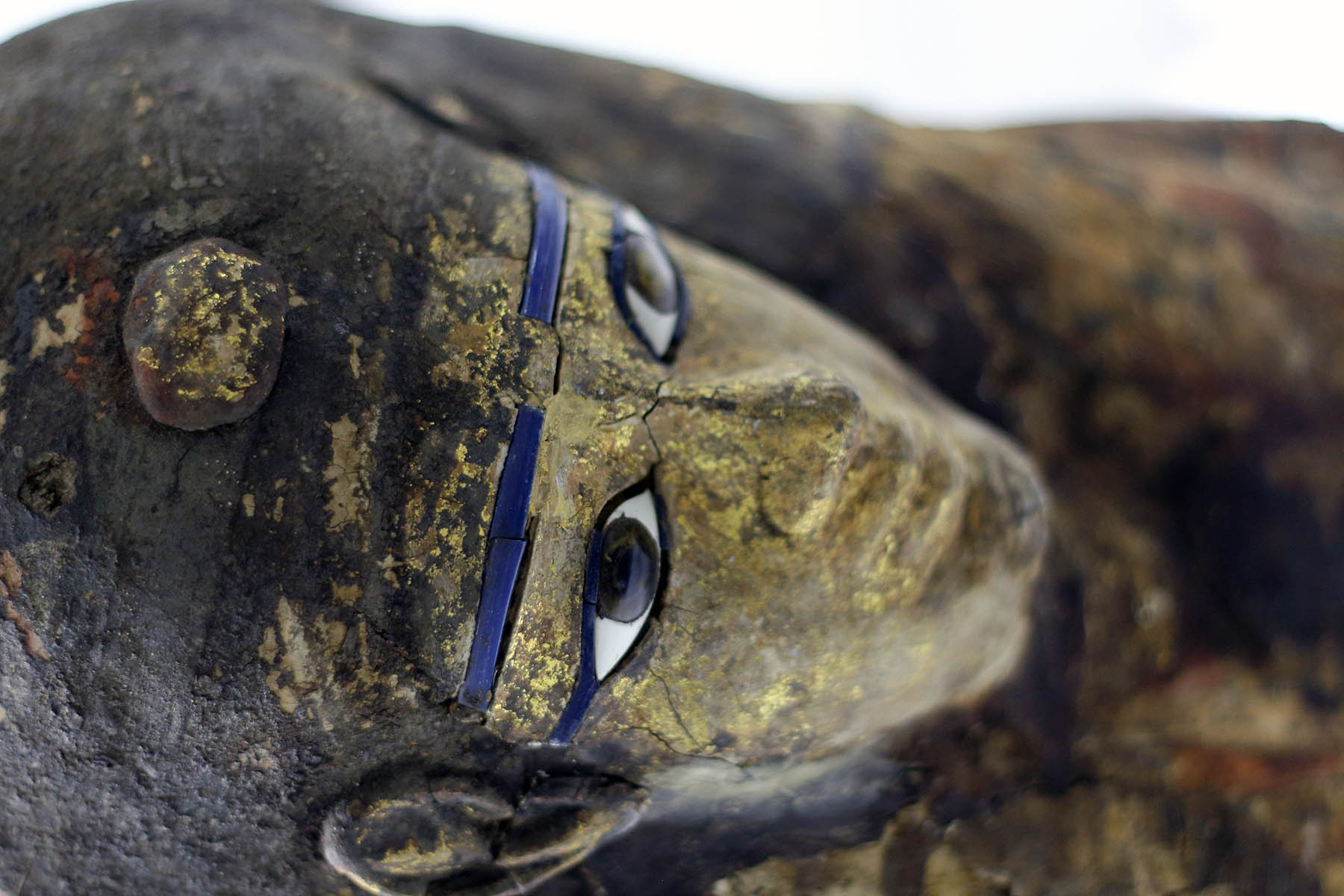
Unwrapped: Manchester Mummy 1770
Learn about the unwrapping of Manchester Mummy 1770 in the 1970s and how this was used to develop minimally destructive techniques to scientifically study mummies.
Resource type: Open access to Mummy 1770 materials including photos, book chapters and documentaries. The material is available under a Creative Commons license (CC BY-NC-SA).
Suitable for: Key Stage 4 onwards.
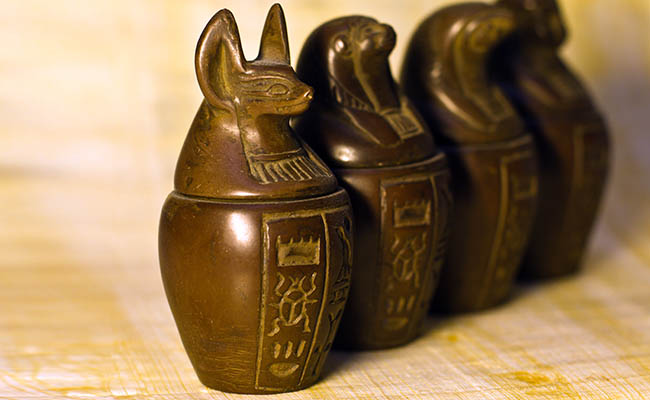
Mummy research in Manchester
Explore our research into the health and disease of the ancient Egyptian population using new scientific techniques, plus archaeological and historical research.
Resource type: Videos showing the types of methods that can be used to study mummies, and what can be learnt from them.
Suitable for: Resources are suitable for children at various key stages. Please see each individual resource for guidance.
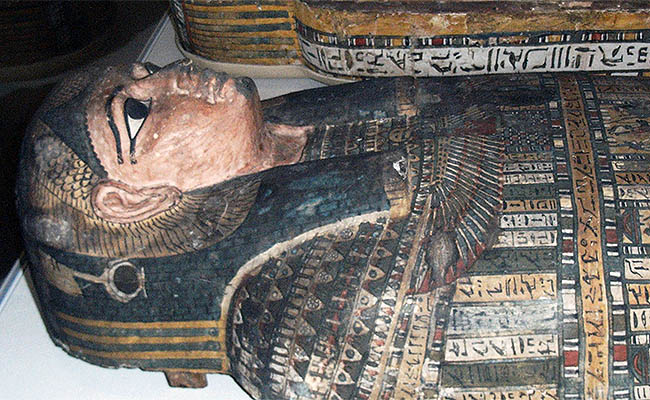
Takabuti: a multidisciplinary study
The mummy of Takabuti is one of the best-known antiquities in the Ulster Museum, Belfast. She has been studied by a team led by archaeologists at National Museums Northern Ireland, Queen’s University Belfast and The University of Manchester.
Resource type: Video presentations on the investigation’s results by the researchers involved.
Suitable for: Key Stage 4 onwards.
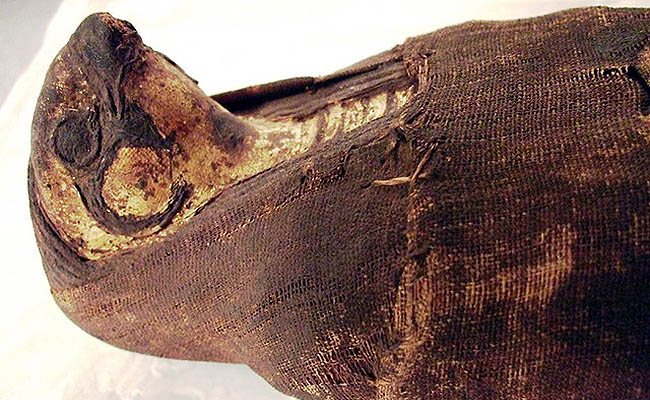
Animal mummies
Learn about the mummification of animals in ancient Egypt, from how modern mummies are made in the lab to the study of ancient mummies at the hospital. Quizzes for younger visitors will test how much of a mummy expert you are.
Resource type: Videos, fact sheets and quizzes.
Suitable for: Key Stage 2 onwards.
Contact us
If you’d like to know more about our research, or have any questions about our resources, please get in touch.
Email: knhcentre@manchester.ac.uk
Follow us on Twitter: @knhcentremcr
